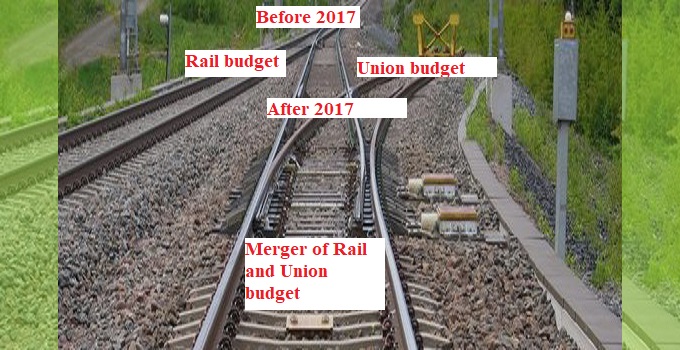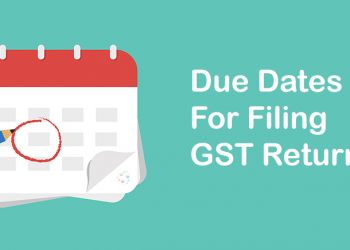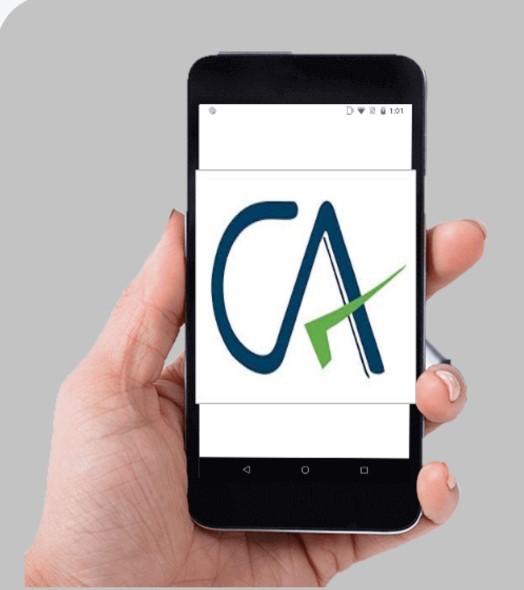The Railway Budget was presented every year, a few days before the Union budget, till 2016.
John Mathai presented the first Railway Budget for independent India in November 1947.
The first live telecast took place on 24 March 1994.
Lalu Prasad Yadav, who remained Railways Minister from 2004 to May 2009, presented the railway budget 6 times in a row. In 2009, under his tenure a ₹108 billion (US$1.5 billion) budget was passed.
In the year 2000, Mamata Banerjee (later Chief Minister of West Bengal) became the first female Railway Minister. In 2002, she became the first female to present the Railway budget and is the only woman to do so for two different governing coalitions (NDA and UPA).
In 2014 budget, Railway Minister D. V. Sadananda Gowda announced the first bullet train and 9 High-Speed Rail routes.
The last Railway Budget was presented on 25 February 2016 by Mr. Suresh Prabhu.
Modi government on 21 September 2016 approved merger of the Rail and General budgets from next year, ending a 92-year-old practice of a separate budget for the nation’s largest transporter. Railways Minister Suresh Prabhu said that his merger proposal was in the long term interest of railways as well as the country’s economy.
Following the merger of Union Budget with Railway budget, the Railways does not have to pay dividend to the central government though it would still get gross budgetary support from the exchequer. As far as the salary and pension bill of Railway employees is concerned, it remains the responsibility of the national transporter as there is no change in the existing practice.
The merger of Rail and General Budgets does not impact the functional autonomy of the railways but help in enhancing capital expenditure.
The decision to merge the Railway Budget with the General Budget has also been seen as a significant one, as in recent years political heavyweights, particularly regional satraps, have used this occasion to nurture their constituencies in a big way.
Late BJP leader Arun Jaitley became the first Finance Minister in 2017, presenting the unified Budget for 2017-18.
Another change that the Union Budget 2017-18 saw was that for the first time the date of presentation was advanced by nearly a month, besides co-opting the Railway Budget into it. The government was in favour of advancing the Budgetary exercise so that it could be completed before March 31 and expenditure on public-funded schemes could begin from April 1.
The Cabinet also decided to do away with the Plan/ Non-Plan expenditure classification in Budget 2017-18 and replace with ‘capital and receipt’.
According to the ICICI Direct report, the allocation towards the railway budget in 2021 is expected to be around ₹1.79 lakh crore.
Hope you have enjoyed such Pre-Budget Facts.






![[Live] Updates and Tax changes for Budget 2023 | Tax on cryptocurrency | Income tax and GST udpates in Budget 2023 [Download Bill]](https://www.taxontips.com/wp-content/uploads/2023/02/Budget-2023-350x250.webp)





